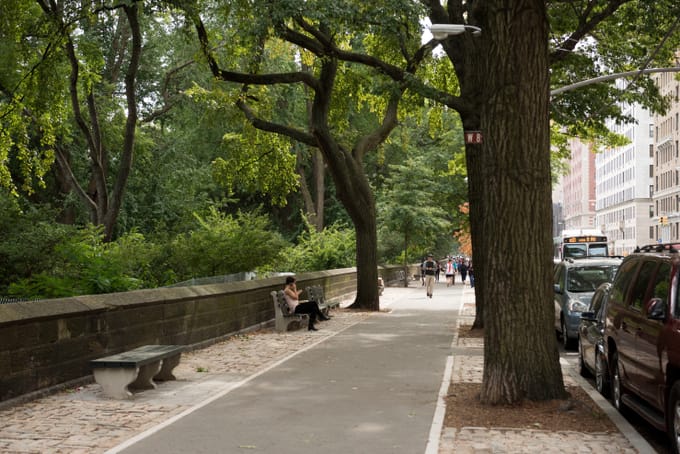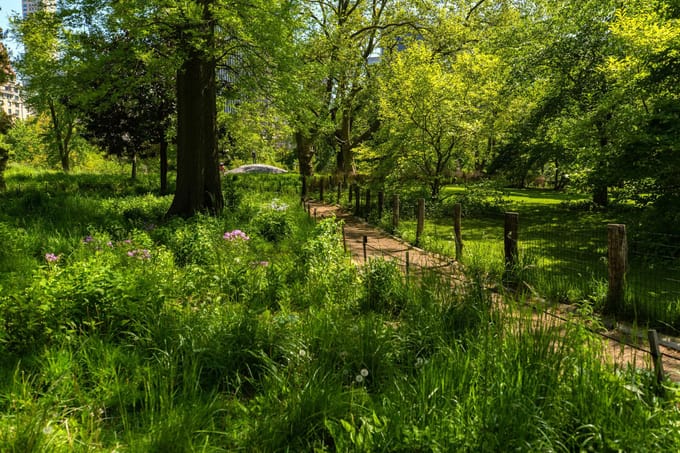Restoration
Grand Army Plaza North

Our work in the northern end of Grand Army Plaza upgraded infrastructure, increased accessibility, planted new trees, and performed conservation work on the General William Tecumseh Sherman monument.
Grand Army Plaza was originally designed by architectural firm Carrère and Hastings. It was built in the early 20th century and is composed of two symmetrically designed islands separated by 59th Street. The south plaza contains Pulitzer Fountain. The north plaza features a monument of General William Tecumseh Sherman by Augustus Saint-Gaudens. This reconstruction project focused on the north plaza.
The Conservancy had renovated Grand Army Plaza in 1990, but the plaza deteriorated in the time since. A severe snowstorm in October 2011 destroyed every tree in the north plaza, requiring their removal and further emphasizing the need for a comprehensive renovation. The Conservancy began design efforts to reconstruct Grand Army Plaza with the goals of replacing lost trees and ensuring their long-term health, fixing deteriorated pavements, and replacing site furnishings.
The scope of our reconstruction of the north plaza included:
- Restoring all pavements to be consistent with the historic design intent
- Regrading the site, removing a step down into the central plaza, to make it ADA-accessible
- Planting a double row of London plane trees along the plaza perimeter and behind the Sherman monument, consistent with the original design.
- Restoring the lawns and planting a evergreen hedge border in the planting beds.
- Upgrading storm drainage and irrigation infrastructure
- Replacing the existing benches and lamps with that are more consistent with those in the plaza’s original design
The Conservancy also performed a comprehensive conservation treatment of the Sherman monument.



